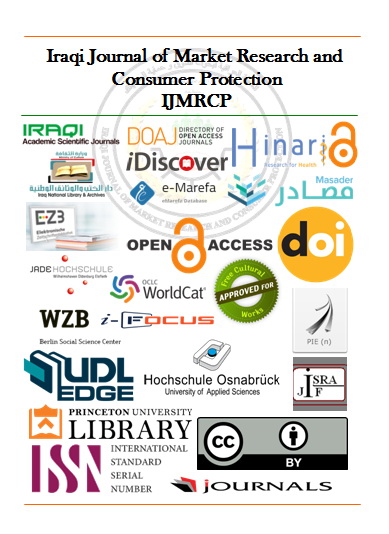ENCAPSULATION OF OMEGA-3 FATTY ACID USING NANOTECHNOLOGY TO IMPROVE ITS THERMAL STABILITY AND USE IT TO ENRICHING THE YOGURT
ENCAPSULATION OF OMEGA-3 FATTY ACID USING NANOTECHNOLOGY TO IMPROVE ITS THERMAL STABILITY AND USE IT TO ENRICHING THE YOGURT
Keywords:
Nanoencapsulation, Yogurt, Omega-3.Abstract
Concentrations 25, 50 and 100 mg of nano-capsules linolenic acid and non-capsulated fatty acid for 1kg of Milk was used for yogurt manufacture. The results showed no significant differences in the ratio of titration acidity and pH values between all processed treatments at the beginning and during of period storage. The treatments was added to it coated omega-3 by nano method were the least exposed to the oxidation process from the non-capsules omega-3, And for shield of The poly lactic acid had a significant role in the protection of alpha-linolenic acid against lipolysis by the formation of a protective layer to protect the acid from the activity of lipases enzymes, and the addition of fatty acid linolenic to milk was determined the growth of microbial, the results of sensory evaluation showed that the treatment added to it 25 mg of the nano-capsules fatty acid obtained the highest rate of flavors, texture, acidity and look which was 39, 27, 13 and 9 degrees respectively. Thus, the total number of degrees was the highest among all the other yogurt, which is 88 degrees. In contrast, the lowest scores were 57 and 58 obtained by Y3 and Y6 added to it 100 mg of coated fatty acid and non-capsulated, respectively, indicating that the capsulate of alpha-linolenic fatty acid and its addition to the yogurt before the pasteurization process helped save it for a longer period without affecting its various qualities.





